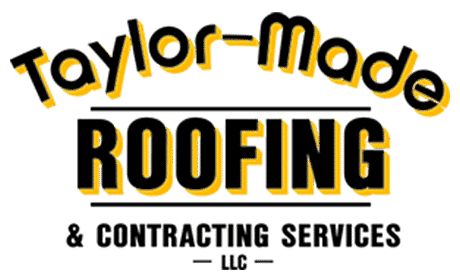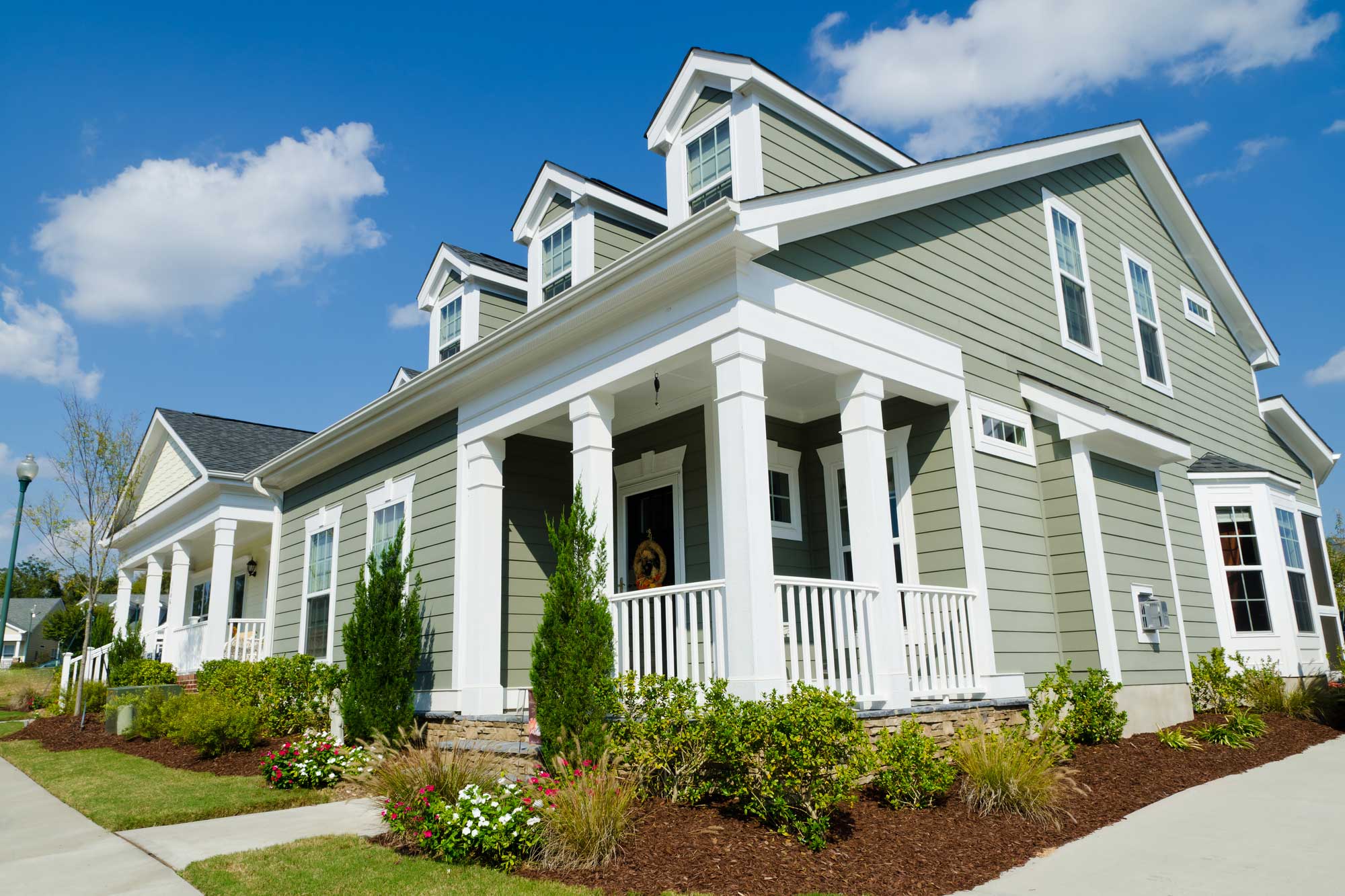Exterior siding is like your home’s clothing—without it, the walls and frame would be naked! And like clothing, it provides two important functions as well: aesthetic appeal and protection from the elements. As you move around the country, you’ll find that different types of exterior siding are popular in different areas. For example, stucco is common in the southwest, and log cabins are beloved in the mountains. Your exterior siding will have a dramatic impact on your home’s curb appeal and durability as well as your budget, so it’s important that you carefully consider the options available before making your final decision.
Types of Exterior Siding
VINYL
Vinyl is available in a wide variety of colors and textures, making it very versatile aesthetically. Plus, because the material is fully colored (inside and out), it won’t show any nicks or scratches. It is lightweight, easy to install, and requires very little maintenance (if any at all). However, it does have noticeable seams, which some homeowners find unattractive. In addition, the polyvinyl chloride (PVC) material is typically thrown into landfills after use, though some vinyl siding products can be recycled. To learn more, check out the pros and cons of vinyl siding.
WOOD
Natural and beautiful, wood shingles and clapboard exude a feeling of warmth and tradition. Many different types of wood are available, and they can be finished in various ways including with a clear sealer, a semi-transparent stain, or basic paint. Wood is also highly sustainable, so you won’t have to worry about it damaging the earth in the years to come. Although wood can last for generations, it requires dedicated maintenance to remain in good condition. In addition, it can be quite pricey, especially if you prefer one of the more luxurious grades of wood.
FIBER CEMENT
A beloved newcomer to the siding scene, fiber cement is known for its reliability and lack of maintenance. Formed from wood pulp, cement, clay, and sand, it can be molded into a variety of different forms. In fact, many homeowners use it to mimic other siding choices like wood clapboard, stucco, and masonry. It’s fire-resistant, rot-proof, termite-resistant, and extremely durable. However, it is very heavy and difficult to install, which will increase the already expensive cost.
STUCCO
Stucco is a reliable siding choice that complements many other materials, and the stucco formula used today reduces the likelihood of chips and cracks. The color is present throughout the mixture, and you can choose from a variety of natural shades. Stucco is also resistant to fire and insects, and it can last a lifetime with diligent maintenance. However, stucco is also quite tricky to install and it requires a lot of prep work, so you’ll need to hire an experienced contractor for the job.
SYNTHETIC STONE
Created from a mixture of cement, sand, and aggregate that is pushed into a mold, synthetic stone can appear very realistic these days due to innovative manufacturing techniques. It can mimic stone types as well as stone shapes and styles, providing the look of stone for a bargain price. It is also lightweight, fire-resistant, and insect-resistant. However, it can be expensive, and it is typically only used to cover accented portions of a home (like a chimney or bumped-out entrance).
_____
Are you ready to replace your old siding or install a new product? If you live in southwest Missouri, please give Taylor-Made Roofing a call at 417-326-8778 (toll-free number) or 417-326-8778 (local number) for a free estimate.

